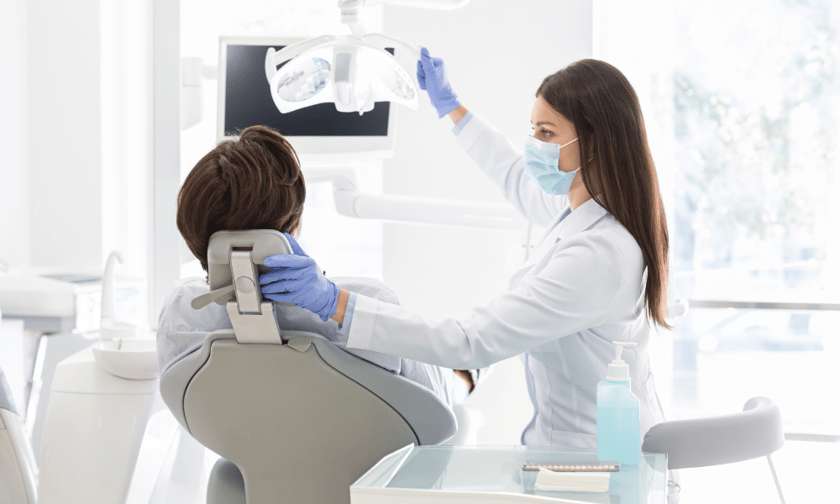

The Australian Competition and Consumer Commission (ACCC) has authorised health insurer St Luke’s Medical and Hospital Benefits Association to implement price capping agreements with dentists in its partner provider network.
The approval covers dental services in Tasmania, particularly in areas where St Lukes plans to open its own clinics between 2024 and 2026.
These price caps aim to provide St Lukes members with routine and preventative dental services on a “no-gap” or “known-gap” basis, minimising out-of-pocket expenses.
The ACCC also granted St Lukes permission to share metrics reports with network dentists, detailing service delivery and billing practices. These reports will help ensure consistency in the quality of care provided to St Lukes members.
The ACCC’s authorisation will remain in place for five years, expiring in November 2029.
This decision comes as Australia experiences a rise in preventable hospital admissions related to untreated dental conditions, which highlights broader issues with healthcare accessibility and insurance coverage.
New data from the Australian Institute of Health and Welfare (AIHW) revealed that Australia recorded nearly 87,400 hospital admissions for preventable dental conditions in 2022-23.
These admissions are largely driven by Australians delaying or avoiding dental treatment due to financial barriers, resulting in more serious conditions that ultimately require hospital care.
Children aged 5 to 9 have been particularly impacted, with the highest rate of hospital admissions for dental problems in this age group. The growing number of preventable hospitalisations underscores the need for more accessible dental services.
Despite many Australians having private health insurance, the gap between dental fees and insurance coverage remains an obstacle. In 2021-22, the median cost for a basic preventive service, such as plaque removal, was $61. On average, private health insurance covered $40, leaving patients with a $19 out-of-pocket expense.
For more complex procedures, like tooth extractions or crowns, patients faced much larger gaps, with some paying up to $903 out-of-pocket for a crown, which has a median cost of $1,600.
The increase in preventable dental hospitalisations is adding pressure on Australia’s private health insurers.
The Australian Prudential Regulation Authority (APRA) reported that health insurers spent more than $18 billion on hospital benefits in the year leading up to June 2024, a 7.9% rise compared to the previous year. Of that, $6.3 billion was paid towards ancillary services, including dental care.
As the demand for dental services continues to rise, some insurers are responding by enhancing their dental benefits.
Data from HealthShare showed that a growing number of dental appointments are now being made outside of standard office hours, with 35% of these bookings coming from first-time patients. This trend suggests that patients are seeking more flexible and affordable options for dental care.
Private health insurance memberships are also increasing. In the June 2024 quarter, hospital treatment coverage grew by approximately 64,000 people, while coverage for ancillary services, such as dental, rose by more than 120,000.
Notably, individuals aged 30 to 34 accounted for the largest growth, signalling a shift in younger Australians prioritising dental insurance.
